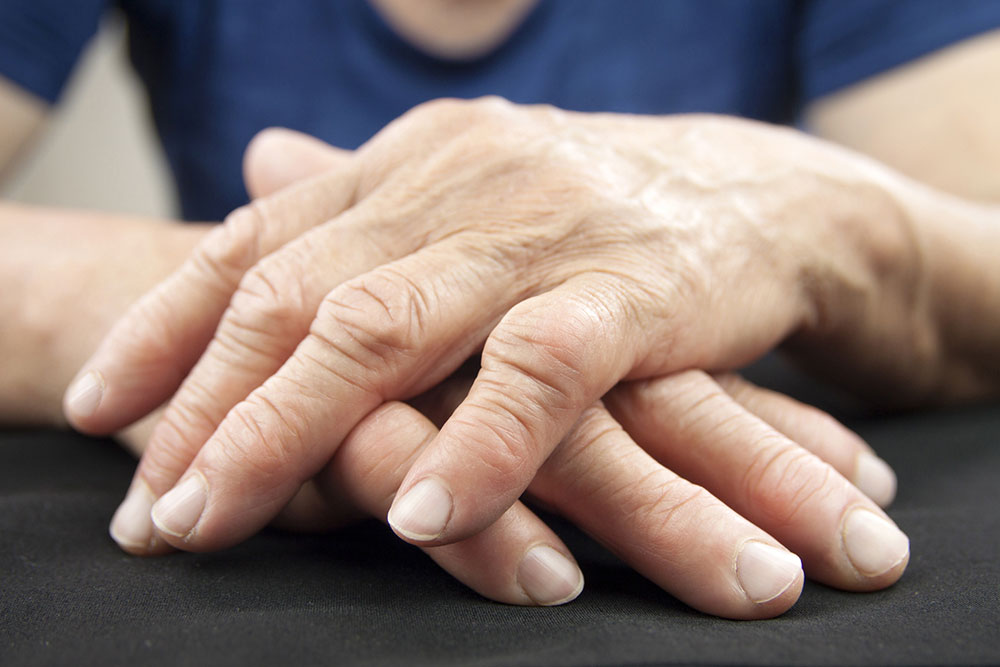Treatment options and medications for managing rheumatoid arthritis

Treatment options and medications for managing rheumatoid arthritis
A long-term, progressive and, disabling autoimmune disease, rheumatoid arthritis causes inflammation, swelling, and pain in and around the joints and other body organs. It occurs when a person’s immune system mistakenly assumes the body’s healthy tissues as foreign invaders and, as a response, inflammation occurs in the target tissue or the organ. While this condition can occur in any joints, it usually affects the hands and feet in the initial stage.
Treatment approaches for rheumatoid arthritis patients
Unfortunately, currently there is no cure to treat rheumatoid arthritis, but there are treatment options that can help reduce inflammation in the joints, relieve the pain, and slow down the damage caused to the joints.
- Physical therapy
The goal is to keep you moving, this therapy uses exercise and other methods that stimulate muscles, bones, and joints. Instead of planning your own personal exercise chart, it’s advisable to consult a professional therapist who is aware of the challenges occurring with rheumatoid arthritis patients and how to work around it to keep the patients fit. - Occupational therapy
Since rheumatoid arthritis can make daily tasks difficult to accomplish due to pain and swelling, this therapy comes as a rescue. The professional will determine the problems and provide solutions such as assistive devices or products that make activities like dressing, cooking, bathing easy. - Surgery
This is the last resort. If none of the alternative treatment approaches help you, a doctor will advise surgery to repair damaged joints, correct deformities and reduce pain.
Medications
The following medications have proven to be quite effective against rheumatoid arthritis.
- H.P. Acthar®
A trade name for corticotropin, this medication is a hormone that is used to treat rheumatoid arthritis. Although corticotropin can only reduce the symptoms and is not a cure for this condition. - CUPRIMINE®
It is used to treat severe rheumatoid arthritis when other alternate medicines do not treat it. Since this medication is quite strong, it is not approved to treat juvenile rheumatoid arthritis. - REMICADE®
This medication is used to reduce the effect of the substance that causes inflammation in the body. It is often used when other medications have not been effective to treat the condition. Its generic name is infliximab. - HUMIRA®
Known to be a tumor necrosis factor blocker, this medication reduces the effects of the substance responsible for causing inflammation. It is important to note though that this medication affects the immune system, so you may be at risk of infections. You can also recognize it by its generic name adalimumab. - Enbrel®
Like Humira, it works to decrease tumor necrosis factor protein which attacks the healthy cells in the body. This medication is also used to treat plaque psoriasis in adults and children who are at least the age of 4 years. The generic name for this medicine is etanercept. - SIMPONI®
It’s a tradename for golimumab and is also sometimes used with another medicine called methotrexate. This medication reduces the effects of the substance that causes inflammation in the body. It is important to know that this medication weakens the immune system, and hence makes the patient prone to serious or fatal infections.
There are some home remedies too that you can try to manage your condition, but it is important to know personal triggers before trying any home cures. As for treatment, always consult your doctor to prescribe the right treatment for you, do not rely on personal diagnosis. While curing this condition is not possible, managing it is something every individual can do. Take care!


